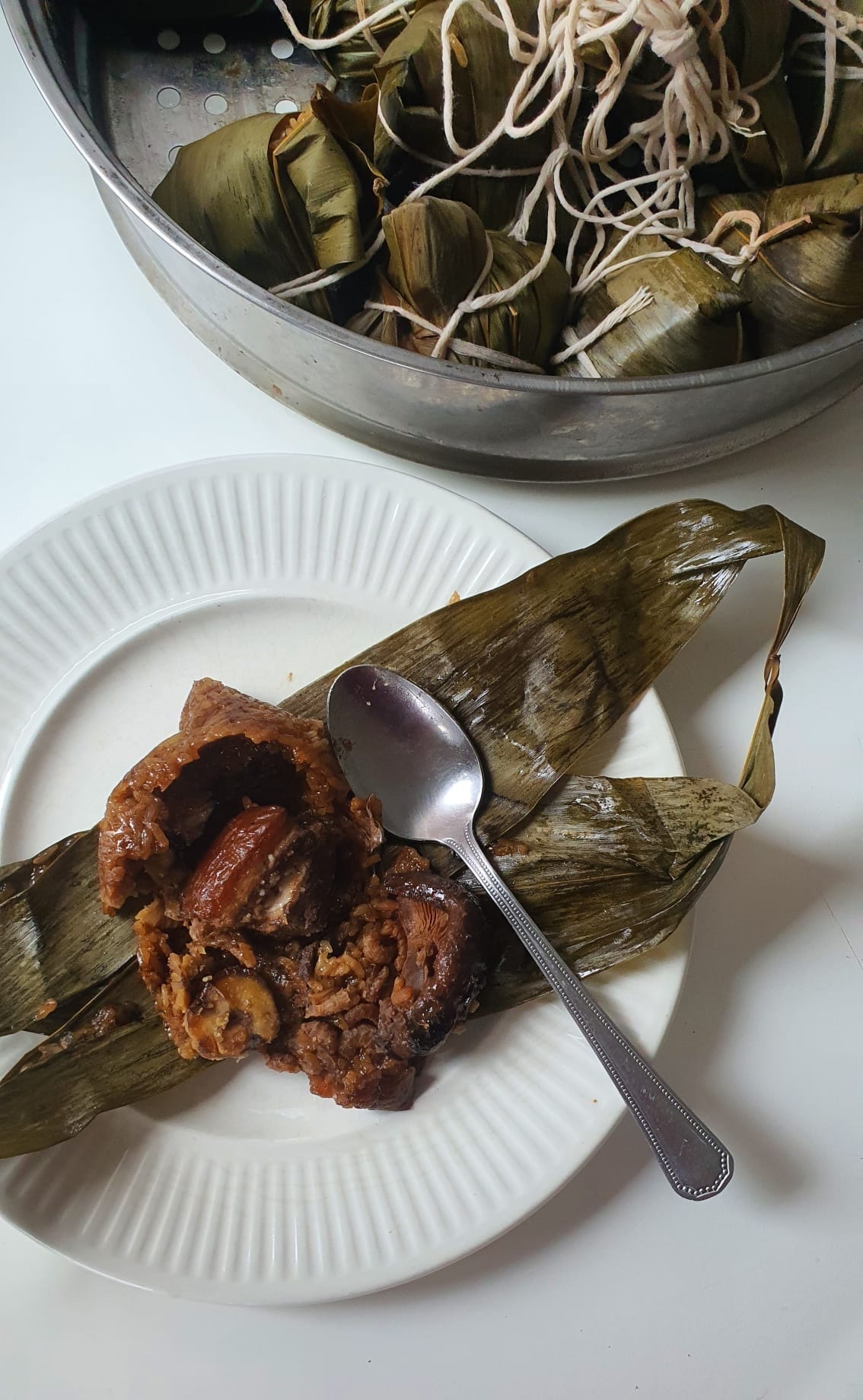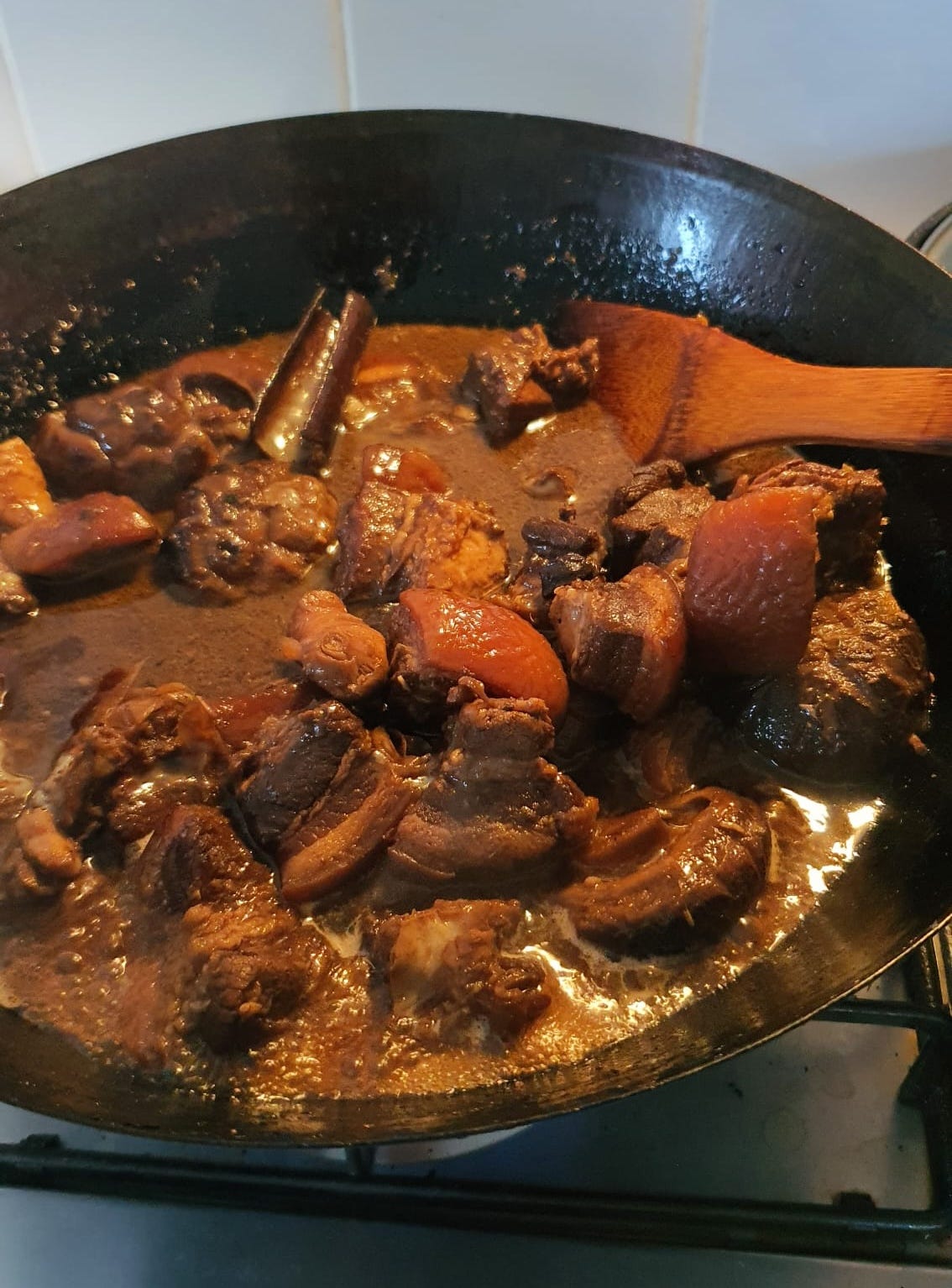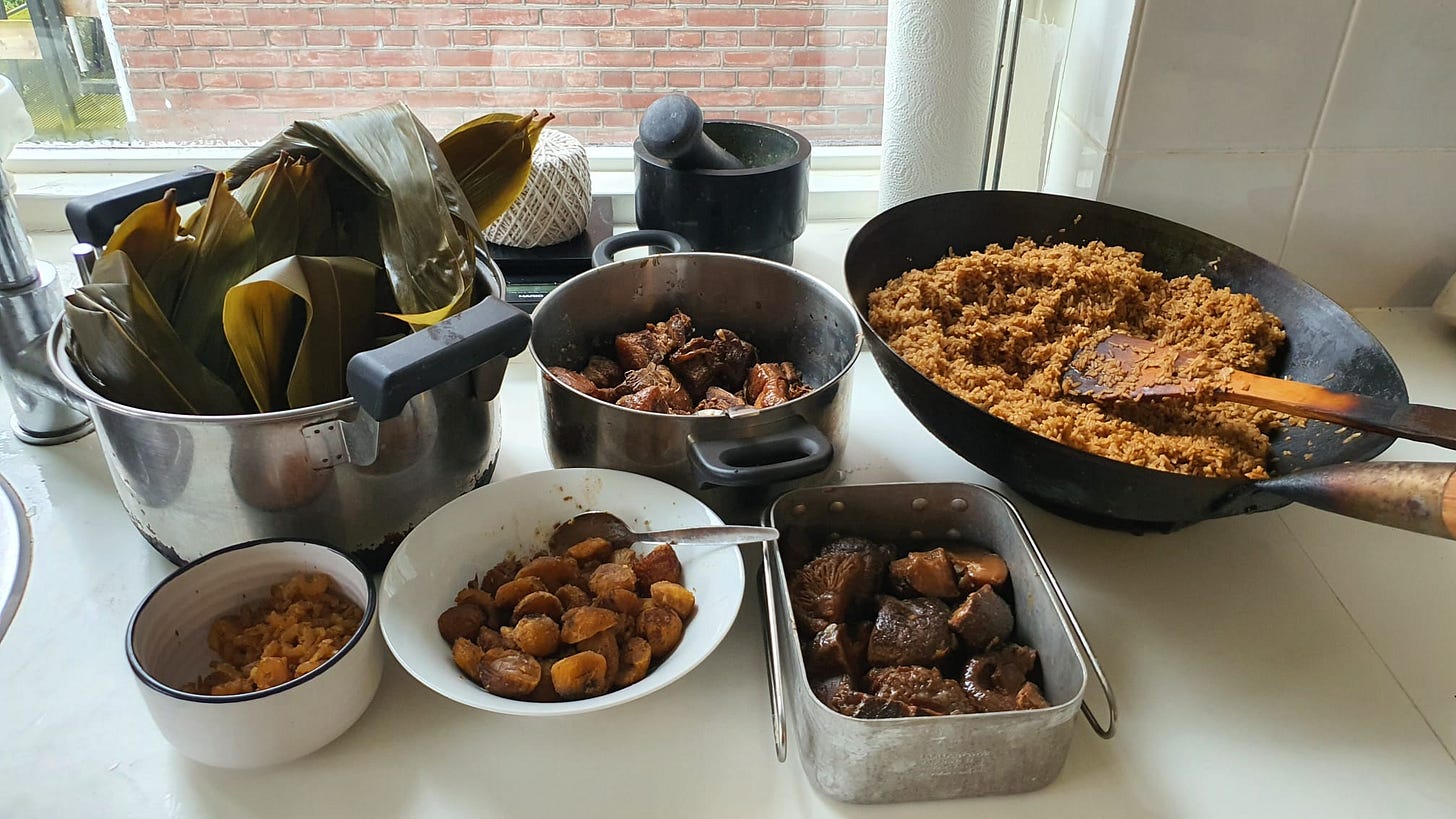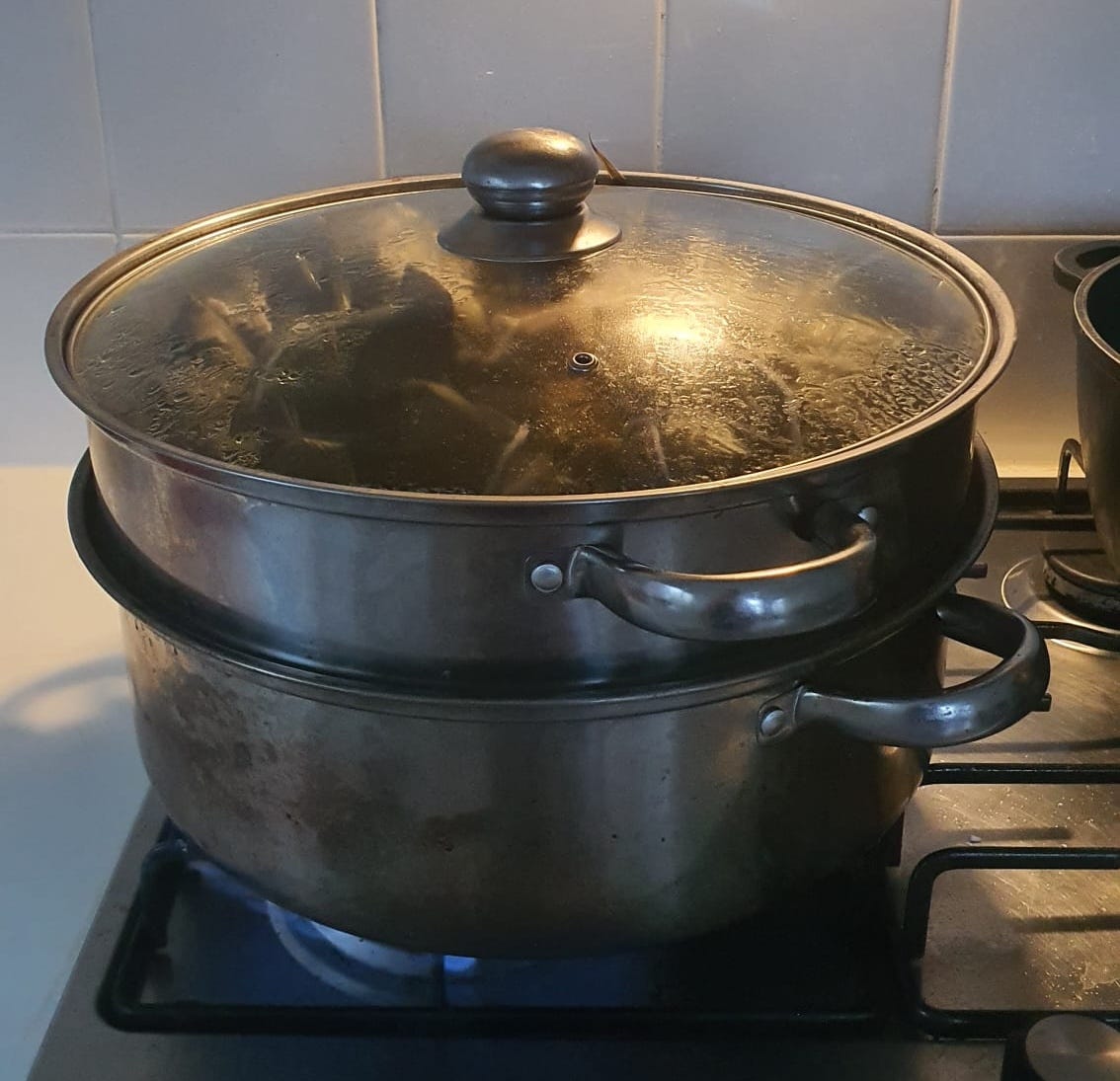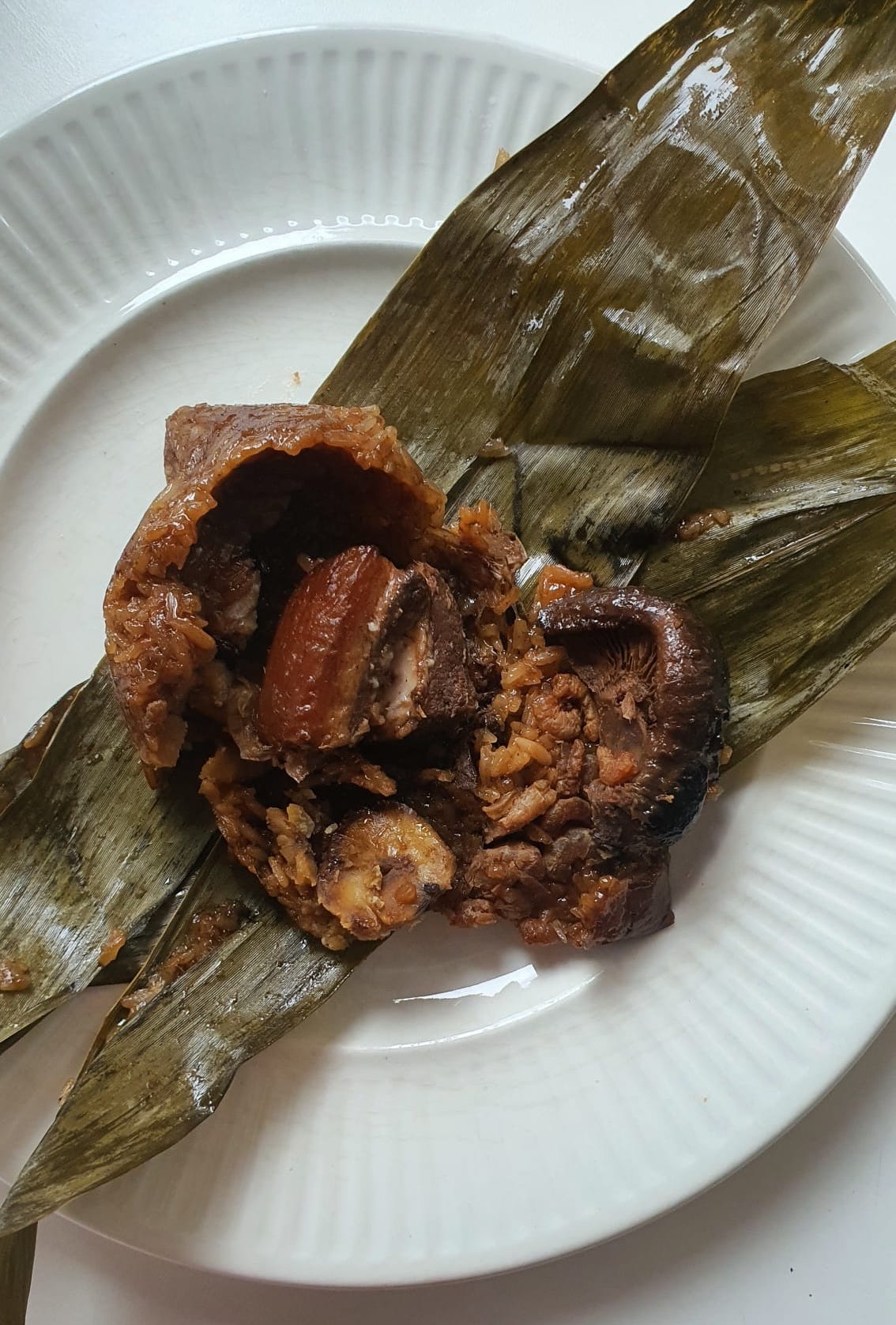Bak zhang
making braised pork and glutinous rice dumplings out of season
✨ Welcome to Singapore Noodles, a newsletter dedicated to celebrating Asian culinary traditions and food cultures. Every Monday, you’ll be receiving a tasty mix of food history, stories, and recipes straight in your inbox. Archived recipes and other content can be found on the index.
If you’re looking for an early Christmas gift, my book Plantasia ships worldwide and is also available from Omnivore Books, Kitchen, Arts and Letters, Goldhanh und Sampson, and other international stockists.
This newsletter is 100% reader-funded — your paid subscription directly supports the writing and research, pays guest contributors, and gives you access to all content and recipes. As the newsletter grows, I’m eager to expand our community of guest contributors who will share their expertise and food stories with you. Thank you for being here and enjoy this week’s newsletter! - Pamelia✨
Having grown up in perpetual summer, living in the Netherlands with the cold as a constant companion often makes me hanker for foods that I’d never craved for in Singapore. We live in an older apartment where the insulation is not the best and unfortunately, with me being a product of the tropics, there are days where I feel chilled to the bone, despite my best efforts to layer and sip hot beverages. That’s when foods that are dense, stick-to-one’s-ribs, and hearty become a necessity: think porridge so thick you could stand a spoon in it, creamy soups, potato mash-adjacent things...
As someone who mostly works from home, my mind goes to glutinous rice dumplings—zong zi 粽子—as the perfect solution, each dumpling being an entire meal in a neat, fist-size package. They keep well in the refrigerator or freezer and only require 2 minutes to reheat in the microwave. The only thing that initially dissuaded me is the strangeness of making these when it isn’t the Dumpling Festival. When I was tidying my kitchen last week and found a packet of half-opened bamboo leaves (leftover from making multigrain glutinous rice dumplings), however, it felt like it was meant to be.
There’s more than one type of glutinous rice dumplings that are enjoyed during the Dumpling Festival, but bak zhang 肉粽 (braised pork glutinous rice dumplings) are the most common. Like its name suggests, there’s a cube of braised pork belly (lor bak 卤肉) nestled in the centre of each of these, along with traditional fillings such as chestnut, shiitake mushroom, salted egg yolk, and dried shrimp. The whole leafy package is sealed with string and lowered into boiling water. This cooks the glutinous rice through to form a softly chewy, cohesive mound, with the ingredients studded throughout the pyramid like a mosaic. The braised pork belly—by virtue of it being swaddled in rice as the dumpling cooks—tastes, miraculously, even more unctuous by the end of the process.
I’ve said it before: my grandmother-in-law makes the best version. Hers is special as it is a Teochew version, meaning to say that it has a nub of red bean paste tucked away into a corner of the pyramid for a sweet-savoury combination. But even without the red bean, hers are fantastic specimens. It all comes down to the way she cooks the lor bak and her trick of using the lor 卤—the braising liquid from the pork—to colour the glutinous rice.
Lor bak sounds straightforward when translated to English as “soy-braised pork belly”, but it would be a mistake to assume that this means dumping everything into a pot and simmering until the pork is tender. To lor something is a technique of its own. TW Lim’s article on lou ark (soy-braised duck) and my mother-in-law’s teachings were illuminating in showing me that there’s a definite art to the process. First, the pork has to be marinated; this allows the seasonings to permeate the meat while retaining a lovely subtle quality in the braising liquid. To stain the meat and impart a gloss, you will need to make caramel; the sort that is dark amber, just on the cusp of being burnt. In this dark caramel, you will glaze the meat, or “let it ou 烏 (blacken in the Teochew / Hokkien dialect)” as my mother-in-law puts it. It is to this caramelised pork that you will add the water and allow it to braise. Over time, the pork takes on the flavour of the lor (braising liquid) while the lor is itself symbiotically improved. An expedient way to stain the glutinous rice brown is to fry it in dark soy sauce, but that does not even come close to the depth that the lor imparts.
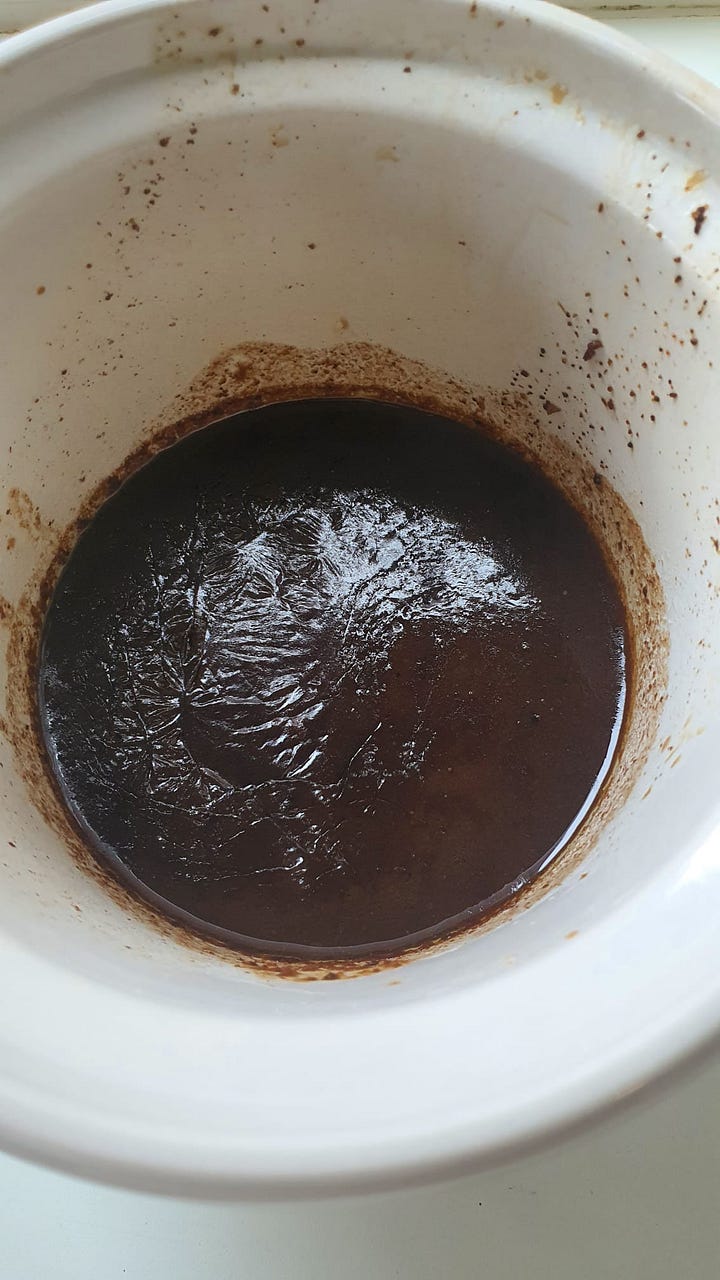
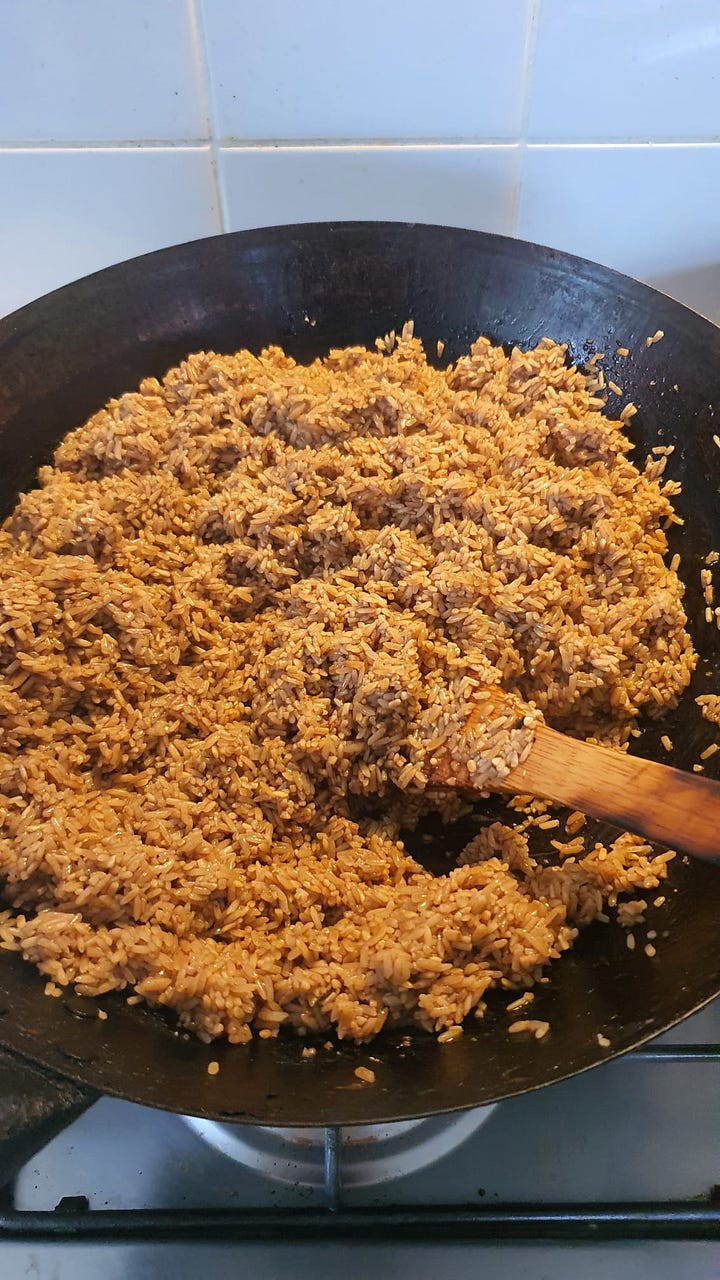
What I’ve also learnt over time is that using the plumpest, meatiest dried shiitake mushrooms you can get your hands on will always pay off. Rather than using small whole shiitake mushrooms, it is wiser to select large premium ones and use half in each dumpling. The ones that I love are known as hua gu 花菇, or “flower mushroom”, known by the beautiful flower-like fissures on their caps. These mushrooms grow in forests on oak logs, nurtured by rain and fog. These ones pictured here were gifted to me from my mother-in-law and the difference between this and lower grades of the mushroom is apparent at first taste: a hua gu that has imbibed the braising liquid has a juicy and uniquely al dente texture, akin to abalone. It almost steals the show.
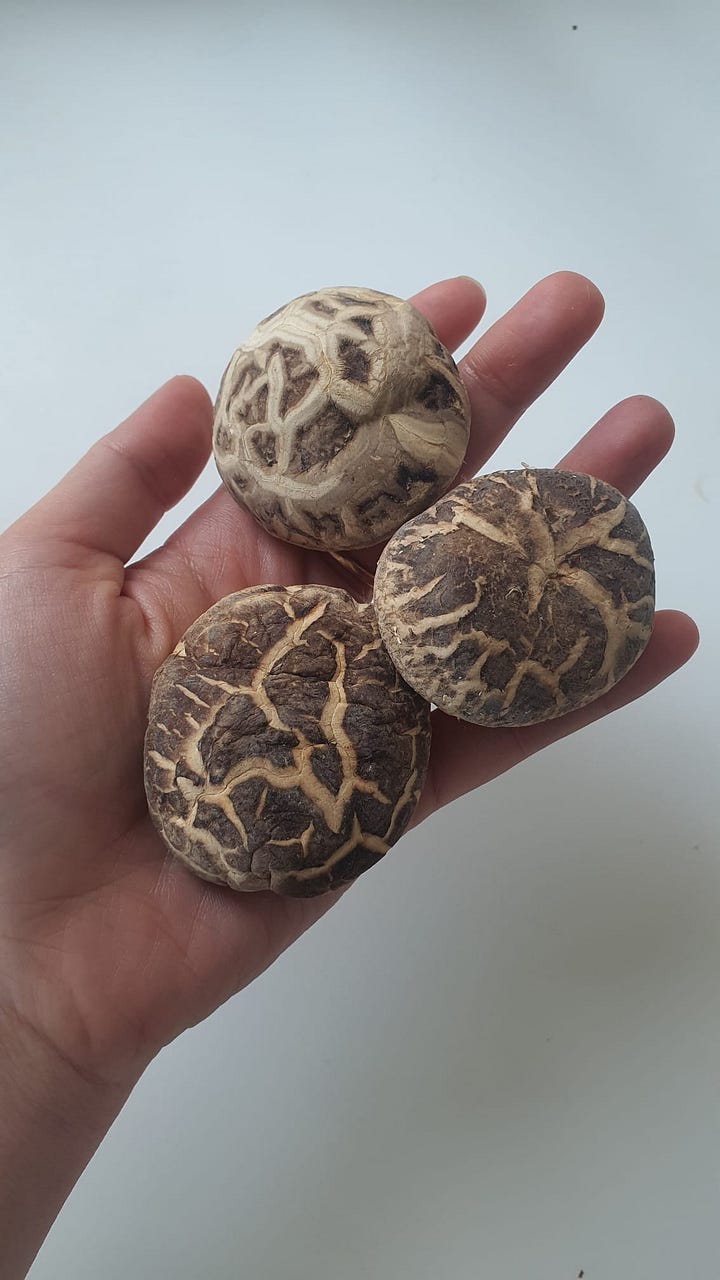

My first homemade dumpling endeavour was in 2018, when we first moved abroad. Now, into my seventh year, I’m comfortable enough for the wrapping to go by breezily and to deviate slightly from how the older women in my life make their bak zhang. For one, I now steam them, doing away with the hassle of juggling two bubbling pots. Apart from not having to worry about the dumplings’ seasoning being diluted in the boiling water, imperfectly wrapped dumplings that split open are no longer a concern. The only downside with steaming is that, given that it’s a gentler method of cooking, you’d have to add 30 minutes to the cook-time—but that, I can bear.
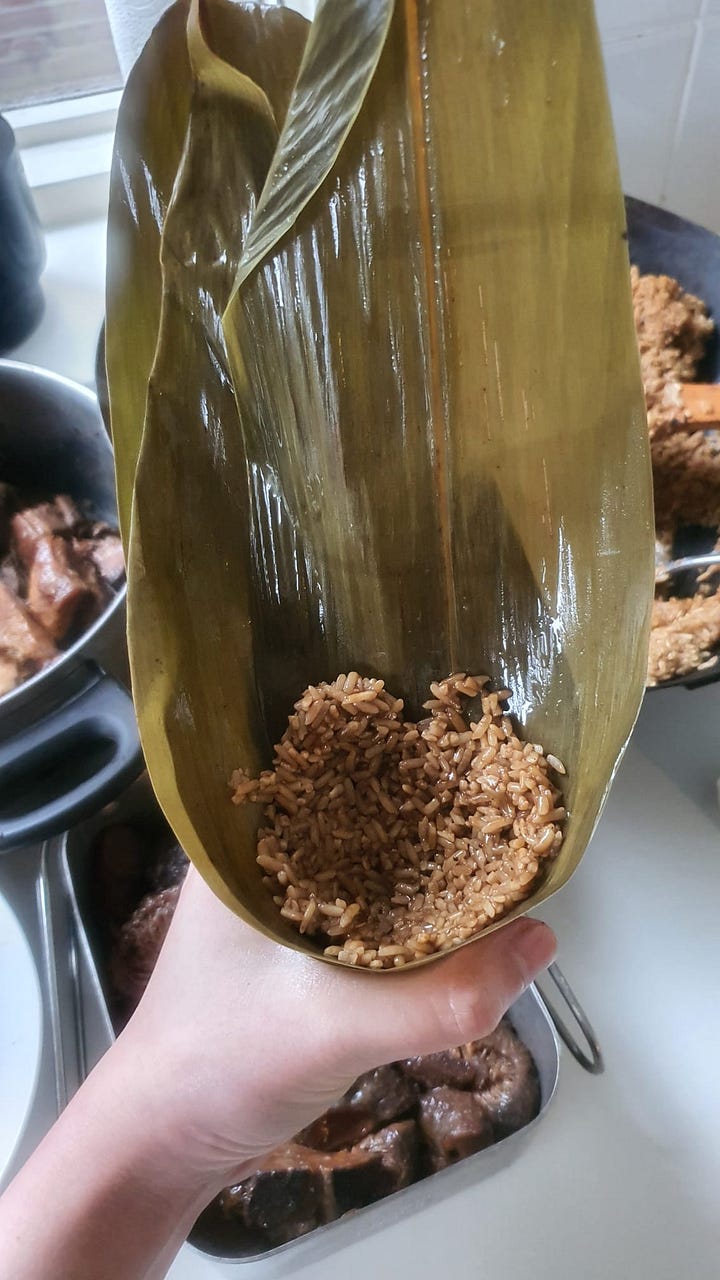
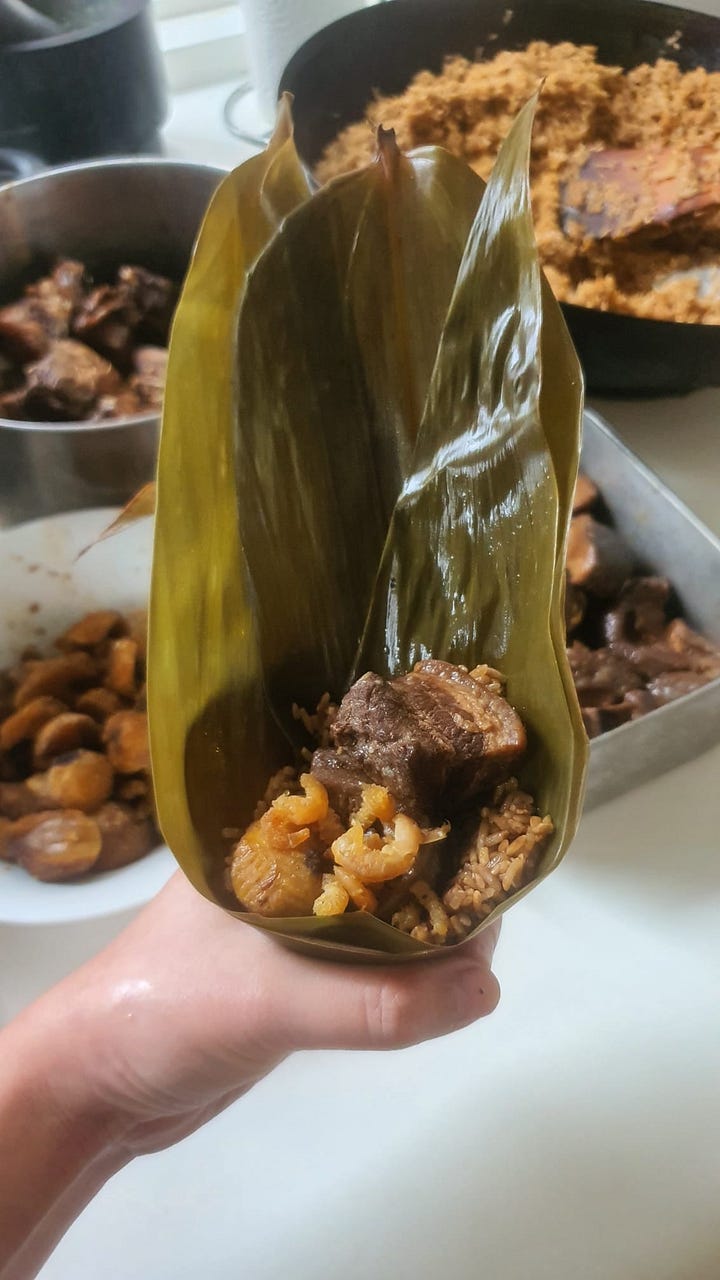
With steaming, you can do away with the leaf wrapping if you want to, and approach the bak zhang like lor mai gai 糯米鸡—a dim sum classic where glutinous rice is steamed in a bowl or within lotus leaves. Divide the filling ingredients among small bowls or a large cake tin, lined with dried lotus leaves if you prefer. Top with the glutinous rice and steam the whole lot, covered, until the rice is completely tender. I don’t recommend scaling down the recipe—mine makes 20 dumplings, which might seem a lot but you won’t regret it when you realise what a perfect breakfast or mid-day snack bak zhang makes.
Bak Zhang
Makes 20 bak zhang


